Termites are by far one of the most destructive pests in Australia which can reside even around a revive lawn. With more than fifty different species in existence throughout the country, these pests pose a real threat for Australian homeowners. Being able to recognise the signs of a termite infestation will allow you to take action quickly and contact a reputable pest control company to eliminate the problem.
When you are dealing with termites, the sooner you take measures to remove these destructive pests, the better. Termites breed quickly and, quite literally, feed on your home to survive. Over time, termites can cause untold structural damage to your home, which can leave your home unsafe to live in and leave you with a hefty repair bill. Look out for the telltale signs that there are termites present in your home and seek out professional help to restore your home to a termite-free zone as quickly as possible.
Let’s take a close look at some of the signs that you might have a termite infestation in your home.
Termite Tubes
Australia’s most common termites are typically subterranean, meaning they need to build a shelter to protect them when they emerge from the underground. If you notice small tubes appearing in your home, there is a very high probability that you are dealing with termites. These mud tubes are built of termite droppings and dirt to allow the termites to travel overexposed areas of your home to further infiltrate your property.
Regular Short Circuits
Warm electric fittings behind your walls can often attract termites, which can result in your electricity short-circuiting. If you notice your power short-circuiting regularly, you could have some unwanted visitors in your home. Check around your power points and electrical fittings for signs of termite activity such as mud tubes, damp mud or soil. Dealing with faulty electrics can be dangerous, it’s always best to get a professional in to investigate further.
Damage To Wooden Fixtures
Termites love to chew on timber. If there is noticeable damage to your timber fittings flooring, staircase, furniture or any other wooden structure in your home, termites are the likely culprits. Blisters, sags and cracks can all occur because of termite. Keep an eye out for signs of damage to any wooden surfaces and look out for some durable wooden garden gate ideas or fixtures in your home and be sure to get in touch with a pest control professional right away if you suspect there is an issue.
Flying Insects
Although there are many flying insects in Australia, if you notice a new swarm of white insects flying around your home during the spring and summer months, there may be a termite infestation nearby. Alates, also known as flying termites reproduce in damp piles of wood, which provide them with the ideal conditions they need to multiply. To make your home less attractive as a breeding ground, be sure to remove any excess timber or woodpiles from your property. Keeping your outdoor areas neat and tidy can help to keep termites at bay and ensure they look for a nesting place elsewhere.
If You Suspect You Have Termites, Take Action Right Away
Once a termite infestation takes hold of your home, you will need to get a professional pest control company to deal with it effectively. Termites need to be completely removed from your property to ensure that the issue is solved for good. If you suspect that you have a termite infestation on your property, be sure to take action as quickly as possible. The longer you wait, the more damage there will be to your home and the more expensive your repair will ultimately be in the long-run.


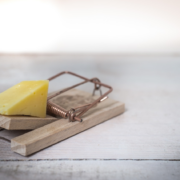



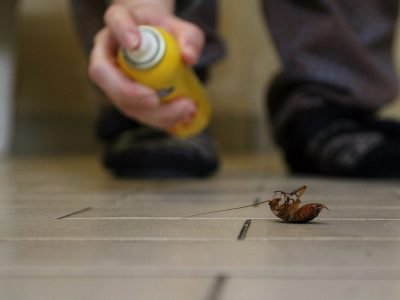
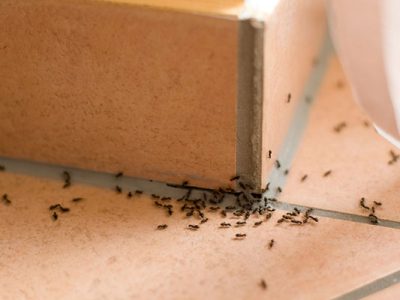
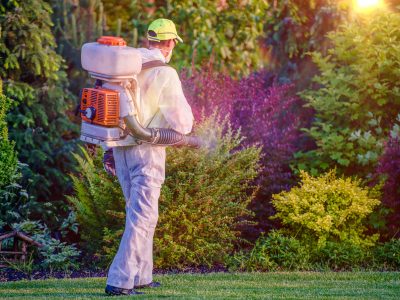
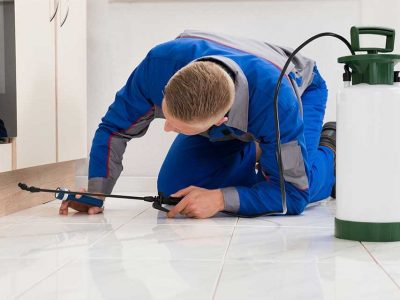
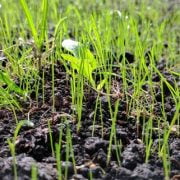



Comments